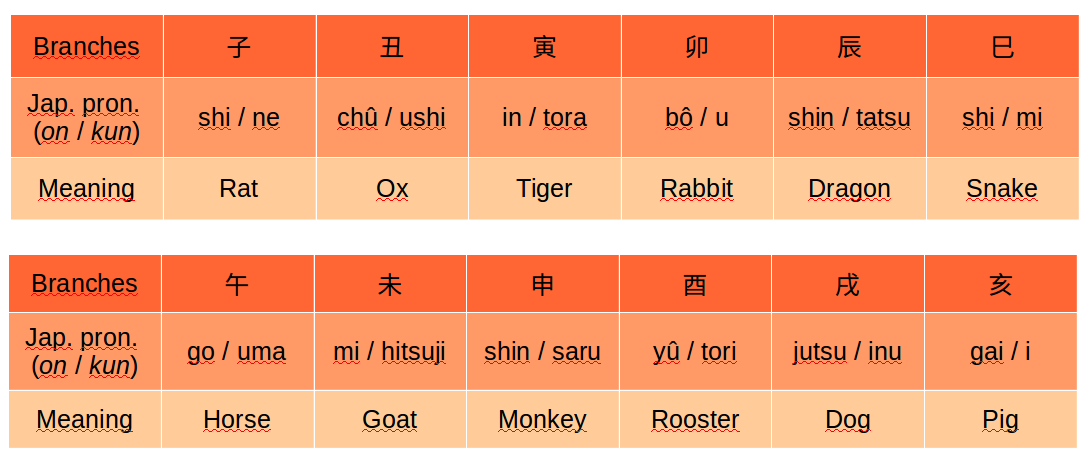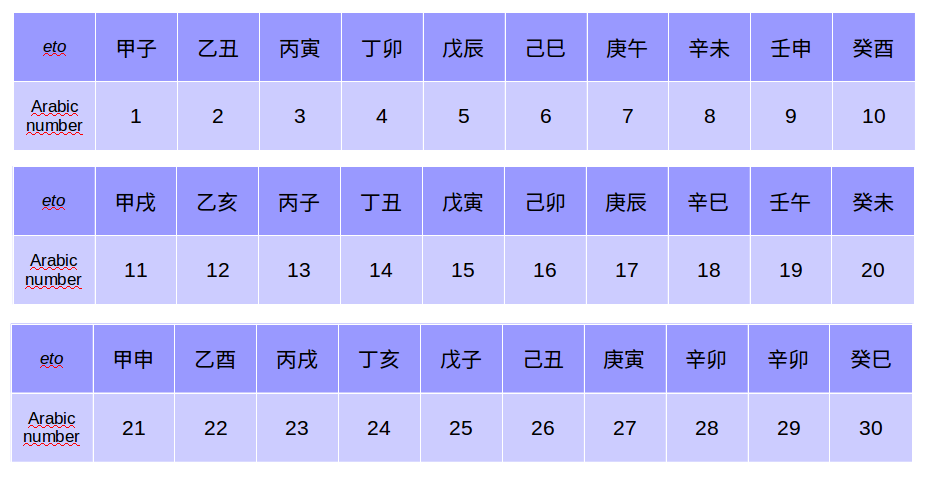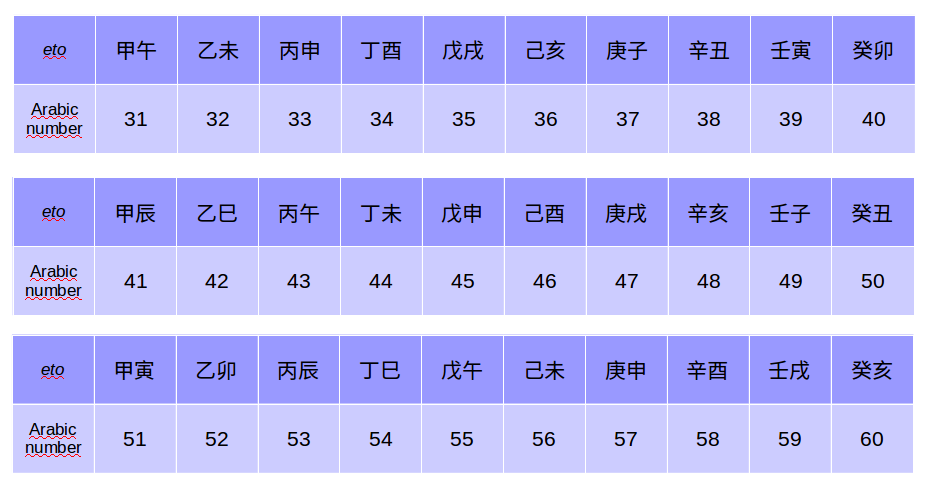Dating maps

Solution 1
明治二己巳年- "明治 (Meiji)" is a regnal year according to the official Japanese system for numbering years, gengō (元号) or nengō (年号). This system is also used in contemporary Japan. "二" means"2" or "second". "年" means year. Thus, only "明治二年" refers already the year between C.E. 1869 February 11 to C.E. 1870 January 31 (The Gregorian calendar was introduced in 1873)."己巳 (tsuchinoto mi/kishi)" is the 6th number of the Chinese sexagenary cycle (干支). You can detect the Gregorian year also with the expression "明治己巳". More about this sexagenary cycle is found below.
初秋 - Early autumn
新刻 - New edition
Sexagenary cycle (J. eto or kanshi, 干支)
This cycle is created from the combination of the ten Celestial Stems (十干 or 天干) and the twelve Terrestrial Branches (十二支 or 地支).
Ten Celestial Stems

Twelve Terrestrial Branches

Sexagenary cycle


The sexagenary cycle is used in the dating system (e.g. "明治己巳") instead of the numeric expression (e.g. "明治二年"). It is applied not only to annual numbers, but also to months, days, and times of day. It is used to describe the cardinal points too.
"己巳" is 6th symbol of this cycle. But "明治己巳" does not mean the 6th year of Meiji. In the annual description "己巳" used for the years 9, 69, 129 ... and so on. Because the Meiji era began in 1868 and ended in 1912, "明治己巳" means 1869 (or 1870 because of the different calendar system).
